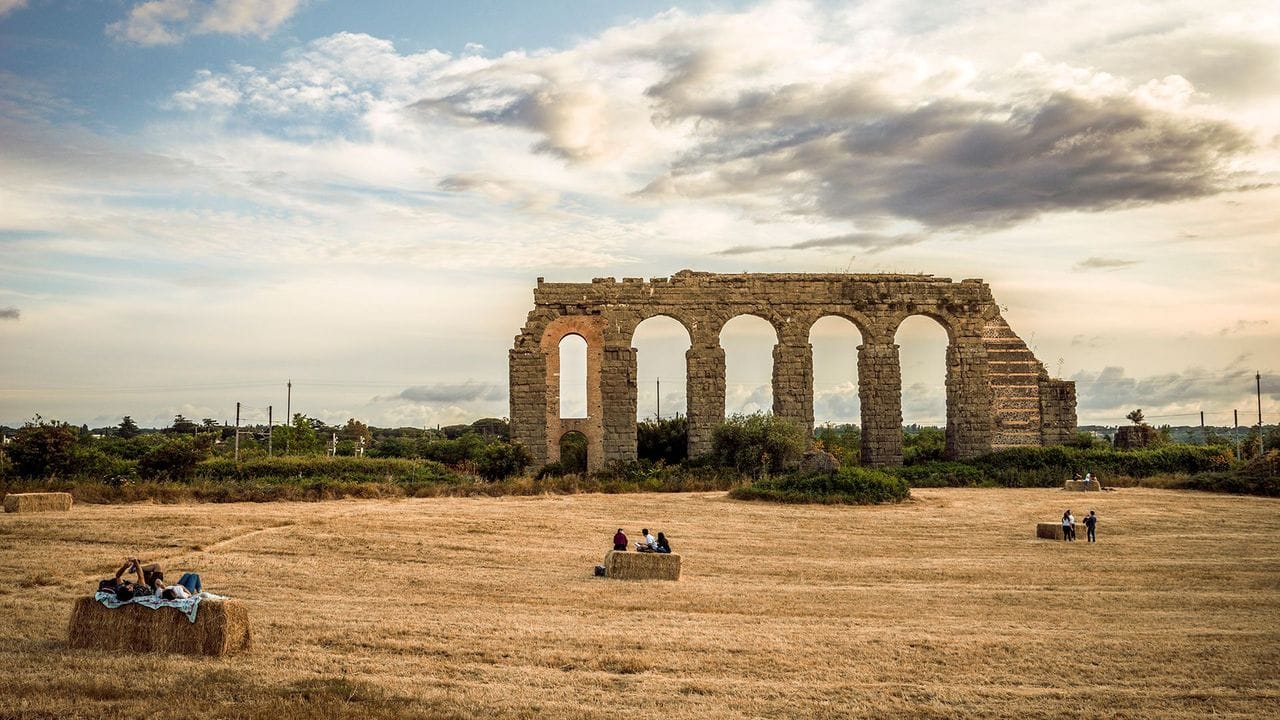Table of Contents
ToggleKey Takeaways
Discover the culinary traditions of Ancient Rome and how they influenced modern cuisine.
Learn about staple ingredients and cooking methods used in Ancient Roman kitchens.
Explore how dining customs reflected social structures and cultural values.
Introduction to Ancient Roman Cuisine
The culinary heritage of Ancient Rome provides a fascinating window into the complexities and vibrancy of Roman society. Food wasn’t merely sustenance; it was a reflection of the empire’s power, wealth, and diplomatic ties. From the bustling Roman markets to the opulent feasts of the elite, every meal told a story. Contemporary enthusiasts can deepen their historical understanding by embarking on this Rome-guided tour, offering insights into how Rome’s rich culinary traditions shaped both the ancient and modern world. The staples of Roman diets serve as a cultural lens, revealing the empire’s innovations in agriculture and trade, which were pivotal in creating a diverse and rich diet reflective of their vast empire.
The Romans were known for their resourcefulness in the kitchen, borrowing and adapting culinary techniques and ingredients from the far reaches of their empire. This adaptability introduced new flavors and dishes into Roman cuisine and influenced culinary traditions for centuries to come. Understanding how the Romans approached their meals can enhance modern appreciation for the Mediterranean diet and illuminate aspects of their society that might otherwise remain obscure.
Ingredients and Foods
Roman cuisine was characterized by its reliance on staple ingredients that were both local and a product of Rome’s extensive trade networks. Grains such as wheat and barley were foundational to their diet, primarily used to make bread and thick porridge. Bread, in particular, was a mainstay across all social strata, serving as an indispensable part of every meal. Olives and grapes, cultivated in the fertile lands surrounding Rome, played a dual role: they were sources of essential dietary fats and flavors in the form of olive oil and wine.
The Romans enjoyed a variety of vegetables, relying on the produce from their own villa gardens. Leeks, cabbages, and legumes provided not only sustenance but a necessary balance to their diet. Though meat was less central in their nutritional framework, it featured prominently in the diets of the affluent. Poultry, fish, and pork were highly favored, and they employed an array of preparation techniques, from roasting to smoking, highlighting the Romans’ keen sense of flavor enhancement. The expansive history of Rome illustrates how such trade and agricultural practices bolstered their economic and cultural exchanges with different civilizations.
Cooking Techniques
Romans demonstrated great ingenuity and simplicity with their cooking techniques, using methods that maximized the limited technology available to them. The ‘furnus,’ a type of clay oven, was prevalent in Roman kitchens and could accommodate various cooking methods, from baking to roasting. This versatility made it an essential tool in Roman culinary practices.
Grinding spices and herbs with mortar and pestle was an art in itself, an approach that allowed Roman cooks to blend and release the robust flavors hidden within each ingredient. This approach to seasoning not only enhanced the cuisine but reflected a cultural appreciation for the finer aspects of culinary preparation. Ancient Roman texts documented their attention to seasonality in their ingredients, reflecting the importance they placed on freshness and the ingredients’ natural flavors, a principle that resonates with today’s culinary ethics.
Meals and Dining Customs
Addressing meals was a socially significant practice in Roman culture, with each meal acting as more than just an opportunity to eat; it was an event that communicated societal norms and hierarchy. The day’s eating started with ‘tenaculum,’ a modest meal often comprising bread, cheese, and occasionally fruit. ‘Prandium,’ the midday meal, while slightly more substantial, was also frugally simple, bridging the gap until the evening’s ‘cena.’ The ‘cena’ was the focal point of Roman dining, especially among the affluent, involving elaborate multi-course meals shared with family and guests.
Seating arrangements during meals highlighted social rankings, particularly during ‘cena,’ where elite diners reclined on ‘triclinia’—couches positioned around a central table. This manner of dining was not just about indulgence; it was an indication of stature and wealth, imbuing the meal with a deeper, symbolic meaning. Inviting guests to a ‘cena’ provided an opportunity to exhibit sophistication and cater to social patronage through the various dishes served and the entertainment provided.
Influences on Modern Cuisine
The flavorful legacy left by the Romans persists in modern-day kitchens and continues to influence contemporary culinary practices, particularly within the Mediterranean and European contexts. Roman ideas of good eating, which have persisted in many forms, including the Mediterranean diet, which is renowned for its health advantages, are similar to the Roman emphasis on seasonal, fresh products and well-balanced flavors.
Many Roman techniques and dishes have evolved over the centuries, leading to staples like pasta and pizzas, which have become entrenched in Italian and global cuisine. Roman culinary traditions remind us of the interconnectedness of culinary innovation and cultural exchange, a heritage that has been savored by generations thereafter.
Preserving History Through Cuisine
Engaging with ancient recipes is not merely a recreation of meals but a celebration of history, providing a sensory bridge to a time long past. Recreating Roman dishes offers an experiential means to grasp historical culinary practices and encourages present-day cooks to explore and honor ancient craftsmanship. Culinary historians and enthusiasts bring these classic Roman flavors to life, ensuring that the stories they tell remain relevant and vibrant even in today’s fast-paced world.
Conclusion
In conclusion, Ancient Roman cuisine offers a rich tapestry of flavors and techniques that not only reflect the empire’s cultural and social complexities but also laid the groundwork for many modern culinary traditions. From the use of seasonal ingredients to innovative cooking methods, Roman food practices continue to influence today’s Mediterranean diet and global cuisine. By understanding and preserving these ancient culinary practices, we connect with a pivotal chapter in history while savoring the timeless legacy of Roman flavor.
For more insightful articles please visit mediatelot








